Jerzy Stefan Stawiński
Nascimento : 1921-07-01, Zakręt k. Otwocka, mazowieckie, Polska
Morte : 2010-06-12
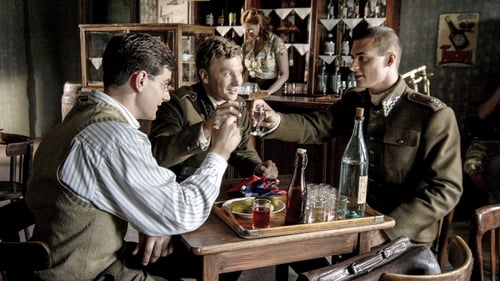
Writer
Three high school graduates prepare to start the next chapter of their lives, but the outbreak of World War II may derail their dreams forever.

Theatre Play
A terminal diagnosis forces a career-obsessed advertising executive to rethink his priorities, relationships and outlook on life.
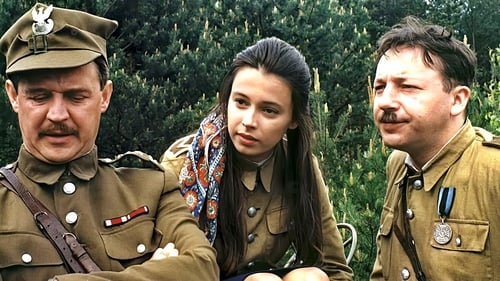
Screenplay
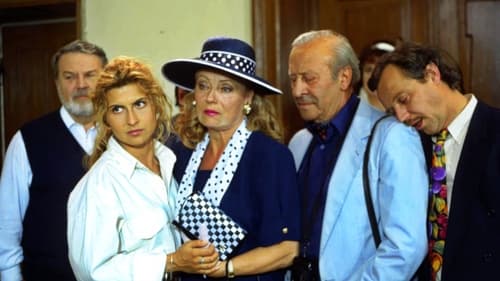
Screenplay

Writer
This film is a sequel to Munk's Zezowate Szczescie and it's much the same, only more so. The film begins in a cinema, where the last scenes of Zezowate Szczescie are being shown. Born unlucky, a victim of the errors and distortions of Stalinism, he is released in 1956. He meets a politically feverish woman, her influential parents, and finally becomes the father of her child. But bad luck, or perhaps an unlucky era, will not let him forget.

Screenplay
The four sequences in the film cover four days in a life of young Warsaw lad in September 1938, 1939, 1943 and 1944. In the first sequence Jurek decides not to study in the Sorbonne but enlists in a Polish military school instead. In the second sequence the war starts and Warsaw is occupied. In the third sequence he works in the underground resistance. The final sequence takes place during the Warsaw uprising.

Novel
The four sequences in the film cover four days in a life of young Warsaw lad in September 1938, 1939, 1943 and 1944. In the first sequence Jurek decides not to study in the Sorbonne but enlists in a Polish military school instead. In the second sequence the war starts and Warsaw is occupied. In the third sequence he works in the underground resistance. The final sequence takes place during the Warsaw uprising.

Writer
Drama directed by Ewa Petelska and Czeslaw Petelski.

Writer
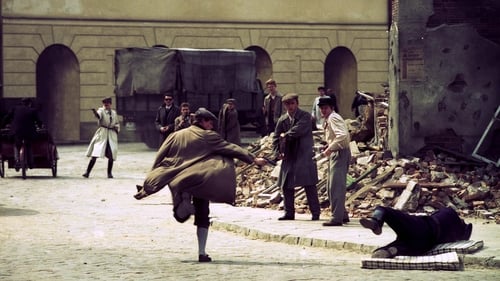
Scenario Writer

Director
Matylda reflects on her life on her 30th birthday.

Writer

Director

Screenplay

Director

Novel

Writer

Screenplay

Screenplay
A man's surreal search for a woman named Eva on Christmas Eve.

Director
A man's surreal search for a woman named Eva on Christmas Eve.

Screenplay
"Andremo in città" (We'll Go to the City) is a 1966 Italian drama film directed by Nelo Risi. It is based on the novel of the same name by Edith Bruck, Risi's wife. Bruck, a Hungarian concentration camp-survivor, settled in Italy after the Second World War and wrote about her experiences in autobiographical and fictional formats.[1] The film stars Geraldine Chaplin and Nino Castelnuovo.

Screenplay
A shy student falls in love and is involved in a kidnapping plot.

Director
A shy student falls in love and is involved in a kidnapping plot.
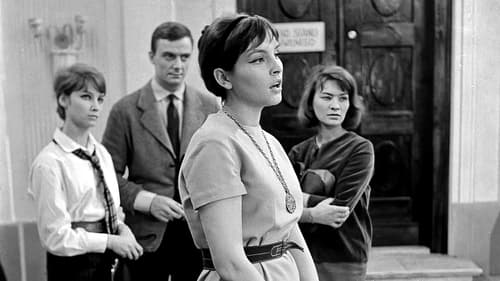
Writer
Three short segments about love.

Director
Three short segments about love.

Writer
A segment of “Love at Twenty” tells the story of a man who rescued a child from a polar bear attack.
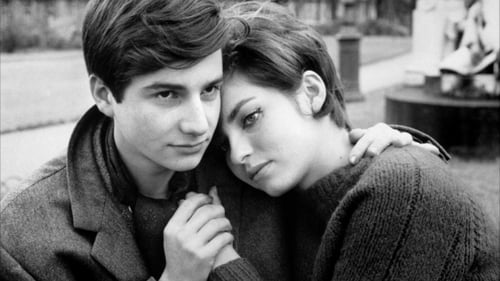
Writer
Diretores ao redor do mundo apresentam diferentes perspectivas sobre o que é o amor aos 20 anos.

Screenplay
Based on real events story of stealing methyl alcohol causing mass poisoning in town.
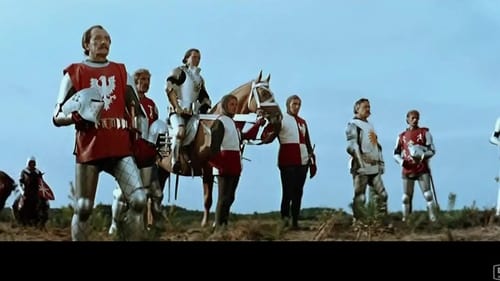
Writer
A tale of a young impoverished nobleman, who with his uncle returns from a war against the order of the Teutonic Knights in Lithuania. He falls in love with a beautiful woman and pledges an oath to bring her "three trophies" from the Teutonic Knights.

Novel
To convince the prison warden against releasing him, a middle-aged Polish man recounts his life, one he considers to have been characterized by exceptionally bad luck.

Screenplay
To convince the prison warden against releasing him, a middle-aged Polish man recounts his life, one he considers to have been characterized by exceptionally bad luck.
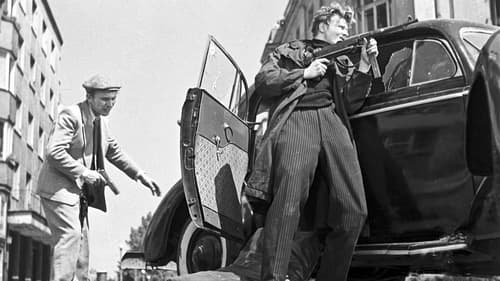
Writer
Set in the occupied Warsaw, the film tells the story of the mission carried out by the student uderground resistance group to execute the hated SS General Franz Kutchera.

Writer
A Pole incorporated into the Wehrmacht deserted, hiding in a coal mine ...

Writer
Originally, Munk intended Eroica to be a triptych with Con bravura being the first part, but he ultimately gave up on this film, deeming it weaker artistically than the two counterparts. Con bravura is about conspiracy conflating the paths of a rather unconventional nun and an intrigued young man – each of them bears secrets and the encounter could incite a flaming romance, though one suffocated by war.Munk set the film in the mountain capital of Zakopane and its vicinity, allowing breathtaking views from a cable car and using his experiences of the Nazi occupation in the area to add gritty reality. The director plays a cameo as a priest with several of his industry friends also making appearances.
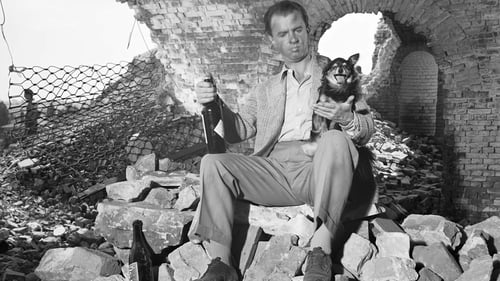
Story
Tells two tales set during WWII: A seemingly feckless and selfish finally takes up arms in the national struggle against the Nazis. Set in a POW camp, Polish inmates cling to their hopes for an eventual escape, encouraged by the legendary escape of one of their own.

Screenplay
Tells two tales set during WWII: A seemingly feckless and selfish finally takes up arms in the national struggle against the Nazis. Set in a POW camp, Polish inmates cling to their hopes for an eventual escape, encouraged by the legendary escape of one of their own.
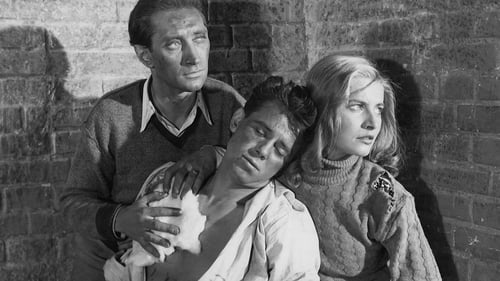
Writer
Setembro de 1944. É o 56º dia do levante de Varsóvia contra os nazistas. No 3º Pelotão da Resistência restam o tenente polonês Zadra e seus 43 combatentes homens e mulheres heroicos, e eles estão encurralados. Depois de um último dia de luta, do adeus à família, de amar, e de música, esse punhado de sobreviventes condenados percorre os esgotos subterrâneos da cidade na esperança de escapar. Seu valor finalmente é testado. (e 16 - Estimado 16 Anos)

Story
In 1950, at night, a passenger train kills a man on the tracks. He is Orzechowski, an engineer since 1914. An inquiry immediately follows. Testimony takes the form of flashbacks. Tuszka, the station master, believes Orzechowski was a saboteur; at least one on the inquiry panel agrees. Zapora, the young engineer on the train that hit Orzechowski, gives more complicated testimony about the dead man - stiff-necked, proud, imperious, critical of Zapora and other younger workers. The signalman at the crossing where Orzechowski died also testifies. Can the panel arrive at the truth in a world where workers unite, inferior coal is a badge of honor, and the old order is suspect?

Screenplay
In 1950, at night, a passenger train kills a man on the tracks. He is Orzechowski, an engineer since 1914. An inquiry immediately follows. Testimony takes the form of flashbacks. Tuszka, the station master, believes Orzechowski was a saboteur; at least one on the inquiry panel agrees. Zapora, the young engineer on the train that hit Orzechowski, gives more complicated testimony about the dead man - stiff-necked, proud, imperious, critical of Zapora and other younger workers. The signalman at the crossing where Orzechowski died also testifies. Can the panel arrive at the truth in a world where workers unite, inferior coal is a badge of honor, and the old order is suspect?

















